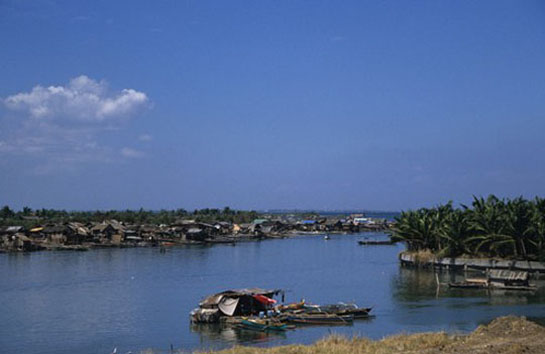The extension of a highway in Longos, Bacoor, in the Philippines, financed by foreign investors and the World Bank, initially foresaw the construction of a landfill on an area occupied by a fishing community, requiring the displacement of 5,000 families. While still in the design stage, however, due to the reaction and mobilization of the community, the project was altered, with a proposal for construction of a viaduct to the sea. As a result, the number of families that would be displaced decreased to 600.
The resettlement plan for those 600 families proposed their relocation to a place 25 kilometres from the area where they lived, place without adequate infrastructure located far from the sea, the community’s source of livelihood. In view of this situation the local population, with the support of a group of right to housing advocates, began a process of mobilization and proposition of alternatives to avoid the approval of the project and demolition of their houses.
An important achievement of their efforts was to gain access to the work plans and design of the project and resettlement. Studying these tools with government technicians, they were able to find a technically feasible alternative, which avoided negatively affecting an additional part of the fishing community.
The information pertaining to this example is taken from the book “Longos: Community Struggle against Forced Displacements”, 2004, written by Denis Murphy and Ted Anana (Urban Poor Associates); posted at the website of the Habitat International Coalition ( www.hic-net.org)
Photo: Paramino/Google Earth

Leave a Reply